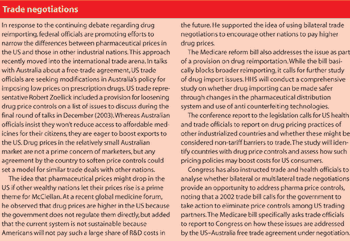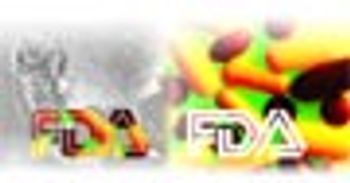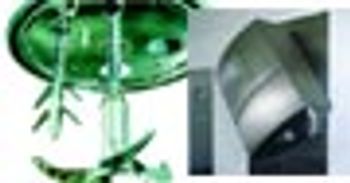
Pharmaceutical Technology Europe
FDA is expanding electronic data submission programmes to improve regulatory operations, and ensure appropriate and safe drug use.

Pharmaceutical Technology Europe
FDA is expanding electronic data submission programmes to improve regulatory operations, and ensure appropriate and safe drug use.

Pharmaceutical Technology Europe
Europe is debating the process by which drugs receive marketing authorization. As ever, the debating table features the EU, the pharmaceutical industry and the usual suspects among the European lobbies. The crux of the matter? Should comparative efficacy play a role in marketing authorizations?

Pharmaceutical Technology Europe
Cationic liposomes are widely used in gene therapy as a safe alternative to highly immunogenic viral vectors. Attachment of a tissue-specific ligand to the surface of the liposomes can increase specificity and reduce undesired transfection. Targeted liposomes can be categorized as either immunoliposomes or ligand-targeted liposomes. The author provides a brief review of tumour-specific and liver-targeted cationic liposomes and strategies for the development of liposome?ligand complexes.

Pharmaceutical Technology Europe
In this article the authors examine a number of significant amendments to US policy regarding generic pharmaceuticals. These important changes could have a major impact not only on the US pharmaceutical market, but also globally. The US Food and Drug Administration (FDA) implemented new regulations, effective from 19 August 2003, that promise to benefit generic pharmaceutical companies in several ways. Significantly, they seek to prevent multiple 30-month stays and resolve much of the uncertainty regarding which patents may properly be listed in FDA's Orange Book.1,2

Pharmaceutical Technology Europe
This article describes the use of a one-pot processor for the cleaning and cleaning validation of two drug compounds - water-soluble theophylline and water-insoluble mebendazole. Both substances were produced using wet granulation and microwave drying, after which the processor was cleaned using its clean-in-place (CIP) system. Swab samples were taken from areas considered critical during processing and analysed for remains of active ingredient. It was concluded from the results that the processor's CIP system is capable of removing both moieties to a level well within accepted regulations.